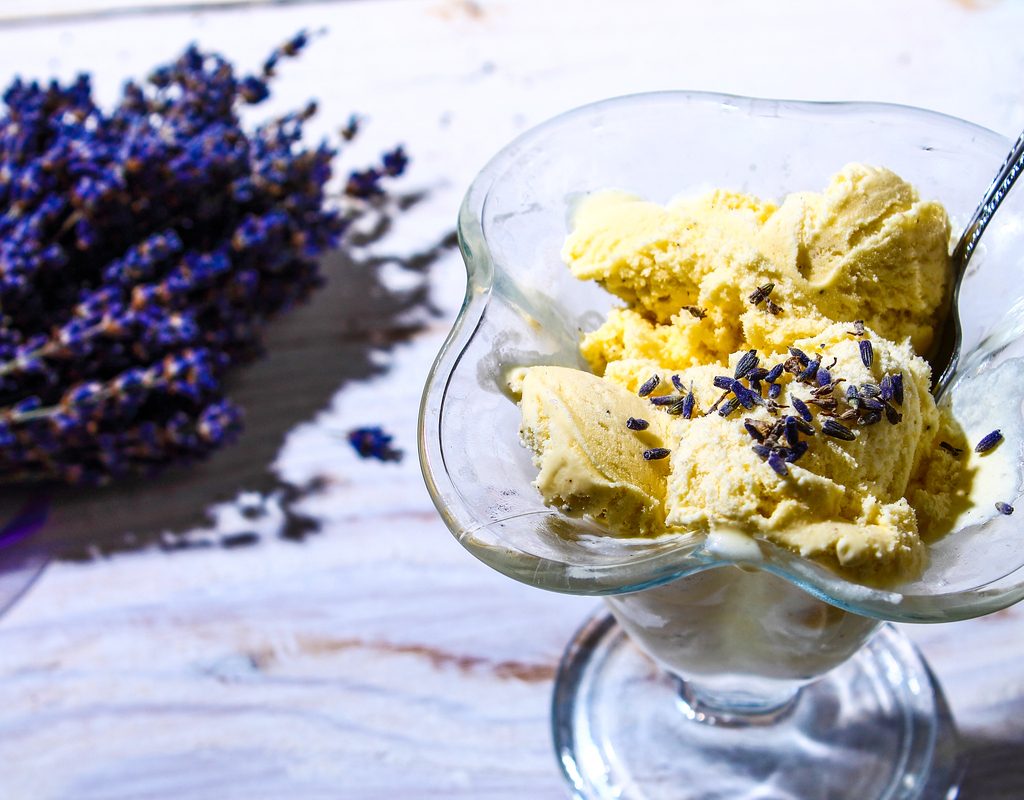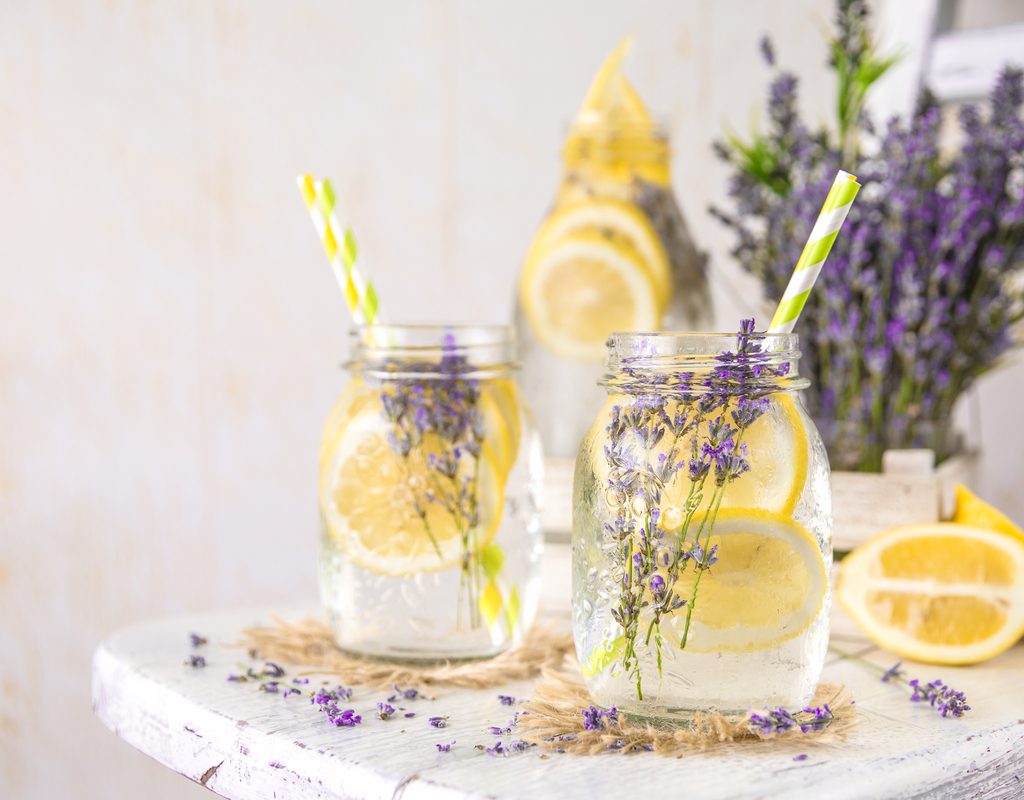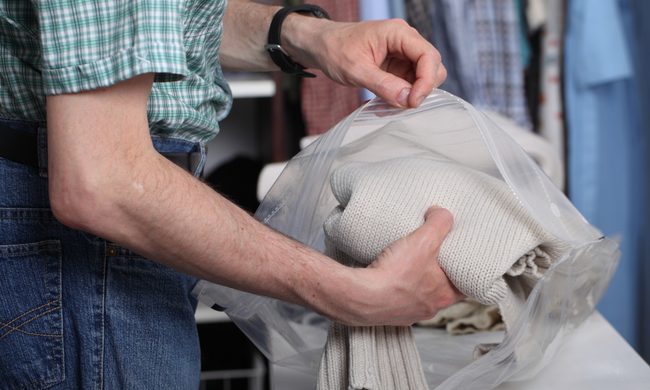Did you know that lavender is a popular cooking ingredient? It’s true! From bud to stem to leaf, every part of this unique herb is safe for consumption. While it’s delicious to use, it isn’t necessarily easy. It’s so aromatic, so floral in both taste and fragrance, that lavender can end up causing your food to taste a bit like soap.
Cooking with lavender is a great way to level up your skills in the kitchen, but the key is using proper restraint so your dish doesn’t end up resembling potpourri. Keep reading to learn more about how to bring out lavender’s heavenly floral notes without ruining the dish.

Can you cook with lavender? Follow these guidelines to do it right!
Types of lavender
While there are many kinds of lavender, the two most common are English and French. For cooking, English lavender is the more popular option, as French lavender has a strong pine flavor that’s not conducive for cooking.
Be sure to always buy ‘culinary lavender’ rather than ornamental lavender — don’t worry, most lavender plants are properly labeled. The dried lavender that is packaged in herb jars (including the popular French blend of herbs known as Herbes de Provence — a mixture of herbs that also includes marjoram, rosemary, thyme, and oregano) are always culinary grade.
Measuring it out
Be prudent in the amount of lavender you use, because, since its flavor is so strong, a little goes a long way.
When cooking with this herb, either keep a very light touch or combine it with other foods that have equally assertive flavors. For example, lemon juice or zest, mixed with Herbes de Provence can be a great companion seasoning for roasted chicken.
Cooking with fresh lavender? Pick as close to mealtime as possible and keep in a jar of water under ready to use. Don’t worry if you don’t have fresh lavender on hand. To substitute with the dried variety, follow a ration of approximately 1 part fresh to 1/2 part dried.
Cooking with it
Since it’s never pleasant to bite into food and come away with a mouthful of dried leaves, one of the best ways to incorporate lavender into recipes is by creating an infusion. Finely grind it with sugar for baked goods or steep the leaves like tea and strain it to remove any residual leaves. The latter method is best for liquids and syrups.
To dry lavender yourself, it’s best to cut just before the buds open. Grab a bundle, secure it with a rubber band, then hang it upside down in a cool, dark place for about two weeks. Remove the dried buds and store them in an airtight container in the freezer until ready to use.

Let’s get cooking!
Refreshing Lavender Lemonade from Simply Recipes.
The addition of some lavender sprigs upgrades this cool summer classic into a floral refreshing drink the whole family will love!
Ingredients:
- A small handful of freshly picked and rinsed lavender flowers or a tablespoon of dried lavender flowers
- 1 cup white, granulated sugar
- 2 cups of boiling water for the infusion
- 1 1/2 cups freshly squeezed lemon juice
- 2 cups or more of cold water
- Ice
- Place lavender flowers or dried lavender in a medium bowl and pour sugar on top. Use your fingers to gently rub the flowers into the sugar.
- Create a simple syrup by pouring boiling water over the lavender/sugar mix and stir until the sugar melts. Cover and allow lavender to infuse for as little as 30 minutes or up to several hours for a stronger infusion.
- Strain the simple syrup, pour into a pitcher, and stir in lemon juice. Add two more cups of water and taste to adjust tartness, adding more lemon juice or sugar as needed. Add ice and serve!
Cooking with lavender may look like the height of culinary sophistication, but it’s easier to do than you think. Add lavender to a savory rub for grilled poultry or meats, as the secret ingredient to craft cocktails, to your favorite cookies and cakes, or even integrate it into lavender-infused ice cream.
Start with something simple as you get used to tempering lavender’s overpowering taste and fragrance, then work your way up to more difficult recipes. Before you know it, you’ll master the art of cooking with this delectable and oh-so fragrant herb!


